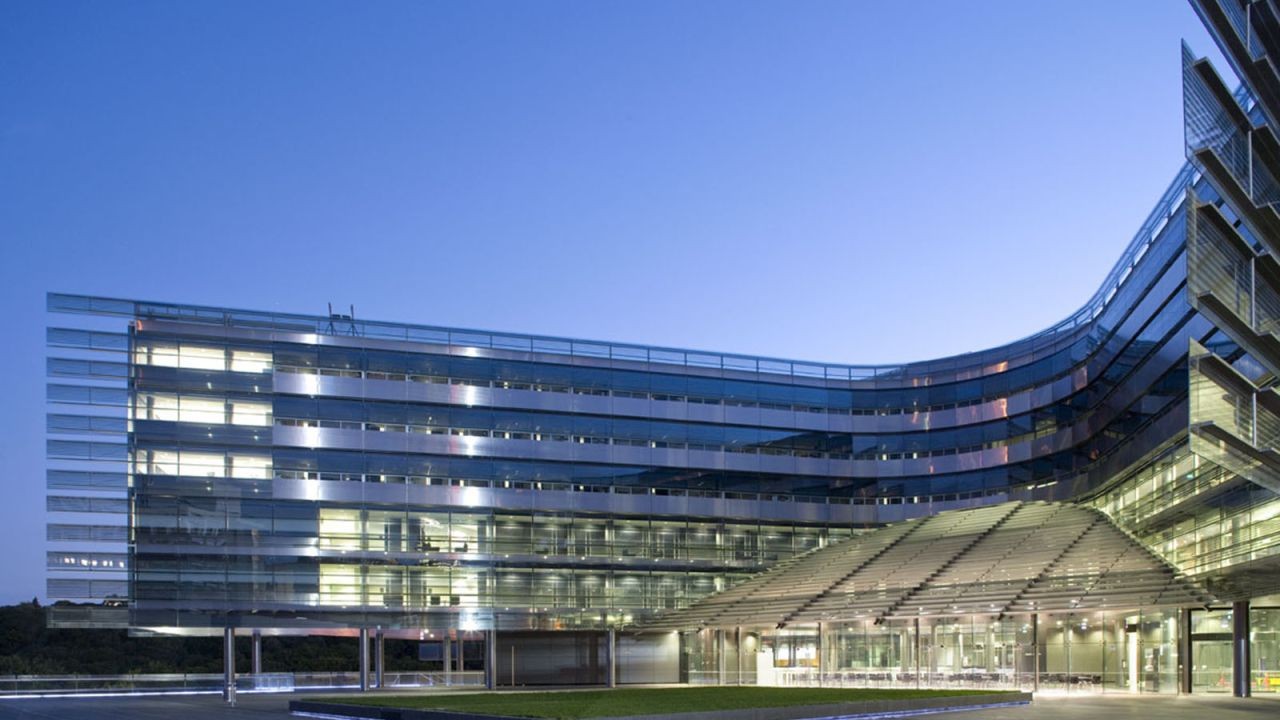In recent years, the focus on eco-friendliness within healthcare facilities has gained momentum globally, and Australia is no exception. The healthcare sector is responsible for approximately 7% of Australia's carbon emissions, highlighting the urgent need for sustainability measures within hospitals. This article delves into whether Australia's hospitals will become more eco-friendly in the future, considering the current trends, challenges, and opportunities in the context of Australia's unique healthcare landscape.
The Current State of Sustainability in Australian Hospitals
Australian hospitals are beginning to embrace sustainable practices, but progress remains varied across the country. According to the Australian Bureau of Statistics (ABS), energy consumption in healthcare facilities accounts for a significant portion of operational costs, prompting hospitals to explore energy-efficient solutions. The Green Building Council of Australia has played a pivotal role in advocating for greener healthcare facilities, promoting the adoption of sustainable building designs and operations.
Case Study: Fiona Stanley Hospital – A Model of Sustainability
Problem: The Fiona Stanley Hospital in Perth faced the challenge of high energy consumption and waste production common in large healthcare facilities.
Action: The hospital implemented several green initiatives, including installing solar panels, using energy-efficient lighting, and employing water-saving technologies. They also prioritized waste reduction through comprehensive recycling programs.
Result: These measures led to a 25% reduction in energy usage and a 30% decrease in water consumption. The hospital's efforts earned it a 6-star Green Star rating from the Green Building Council of Australia.
Takeaway: This case study illustrates the potential of integrating sustainable practices within hospitals to reduce their environmental impact and operational costs.
Regulatory Frameworks and Policies Promoting Eco-friendliness
The Australian government has introduced various policies to encourage sustainability in healthcare. The National Health and Medical Research Council (NHMRC) emphasizes the importance of reducing carbon footprints in healthcare settings. Moreover, the Australian Competition & Consumer Commission (ACCC) has been instrumental in regulating green claims to ensure transparency and prevent greenwashing.
One significant policy is the Net Zero by 2050 initiative, which aims to achieve net-zero emissions across all sectors, including healthcare. Hospitals are encouraged to adopt renewable energy sources, improve waste management, and enhance energy efficiency to align with this national goal.
Current Challenges in Implementing Eco-friendly Practices
Despite the positive strides, several challenges hinder the widespread adoption of eco-friendly practices in Australian hospitals.
- Financial Constraints: Many hospitals operate on tight budgets, making it difficult to invest in sustainable infrastructure without government support or private investment.
- Lack of Awareness: There's a need for greater awareness and understanding of the benefits of sustainability among hospital administrators and staff.
- Regulatory Challenges: Compliance with existing regulations can be complex, and hospitals may lack the expertise to navigate these requirements effectively.
Innovations Driving Sustainability in Healthcare
Technological advancements are crucial in driving sustainability in Australian hospitals. The integration of digital health technologies, such as telemedicine and electronic health records, can significantly reduce the environmental impact by minimizing the need for physical infrastructure and paper usage.
Additionally, the use of artificial intelligence (AI) for predictive maintenance of hospital equipment can optimize energy consumption. By predicting when equipment is likely to fail, hospitals can perform timely maintenance, ensuring energy-efficient operations and reducing waste.
Pros and Cons of Sustainability in Hospitals
Pros:
- Cost Savings: Energy-efficient practices can lead to significant cost reductions.
- Environmental Impact: Reducing carbon emissions and waste helps combat climate change.
- Improved Patient Outcomes: Sustainable environments can enhance patient recovery and well-being.
Cons:
- Initial Investment: Upfront costs for sustainable infrastructure can be high.
- Complex Regulations: Navigating regulatory requirements can be challenging.
- Resource Intensive: Implementing and maintaining green practices require dedicated resources.
Global Comparisons and Lessons for Australia
Globally, countries like Sweden and the Netherlands have made significant progress in greening their healthcare systems. For instance, Sweden's healthcare facilities have adopted circular economy principles, focusing on reusing and recycling medical equipment. These practices not only reduce waste but also lower operational costs.
How This Could Impact Australia: By adopting similar circular economy principles, Australian hospitals can enhance sustainability while reducing costs. This approach aligns with Australia's broader economic goals of reducing waste and promoting sustainability across industries.
Future Predictions for Eco-friendly Hospitals in Australia
The future of eco-friendly hospitals in Australia looks promising, driven by technological advancements, policy support, and growing awareness of the importance of sustainability. By 2030, it is predicted that over 50% of Australian hospitals will have adopted renewable energy sources, significantly reducing their carbon footprints.
Moreover, as the healthcare sector continues to innovate, the integration of IoT devices for energy management and AI for predictive analytics will become more widespread, optimizing resource usage and enhancing efficiency.
Conclusion: The Path Forward for Australia's Hospitals
In conclusion, while challenges remain, the future of eco-friendly hospitals in Australia is bright. By leveraging technological innovations, government policies, and global best practices, Australian hospitals can significantly reduce their environmental impact while improving operational efficiency. The journey towards sustainability is ongoing, but the benefits for both the environment and healthcare outcomes make it a crucial endeavor.
As Australia continues to prioritize sustainability, hospitals must lead the way in adopting eco-friendly practices, setting an example for other industries to follow. What's your take on the future of eco-friendly hospitals in Australia? Share your insights below!
People Also Ask (FAQ)
How do eco-friendly practices impact Australian hospitals?
Eco-friendly practices in Australian hospitals can lead to significant cost savings, reduced carbon emissions, and improved patient outcomes. According to the Australian Bureau of Statistics, hospitals adopting sustainable practices report up to a 25% reduction in energy usage.
What are the main challenges in implementing sustainability in hospitals?
The main challenges include financial constraints, lack of awareness, and navigating complex regulatory requirements. However, government support and private investment can help overcome these hurdles.
What innovations are driving sustainability in healthcare?
Technological advancements, such as telemedicine, electronic health records, and AI for predictive maintenance, are driving sustainability in healthcare by reducing the need for physical infrastructure and optimizing resource usage.
Related Search Queries
- Sustainable healthcare facilities in Australia
- Renewable energy in Australian hospitals
- Eco-friendly practices in healthcare
- Carbon emissions reduction in hospitals
- Green Building Council of Australia initiatives
- Net Zero by 2050 healthcare impact
- Challenges of sustainability in healthcare
- Technological innovations in hospitals
- Global examples of sustainable hospitals
- Future of eco-friendly hospitals in Australia
































LashawnEwe
5 months ago